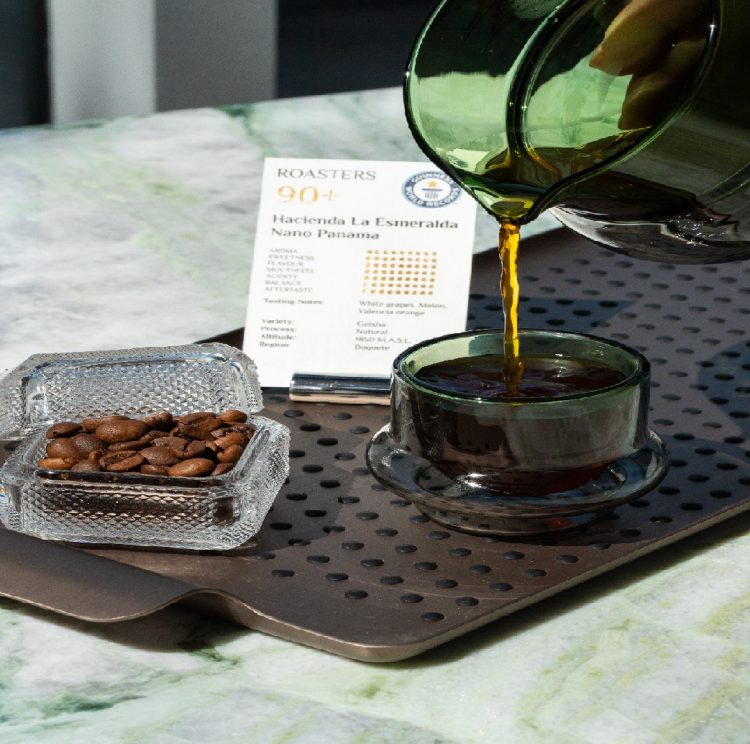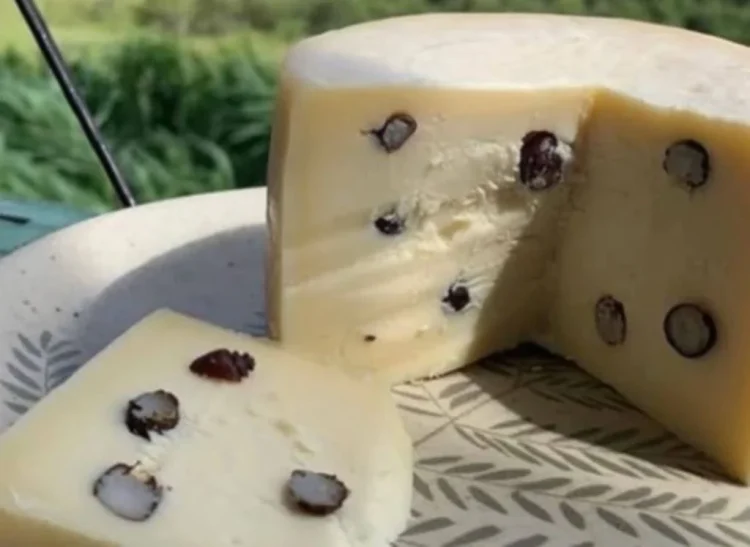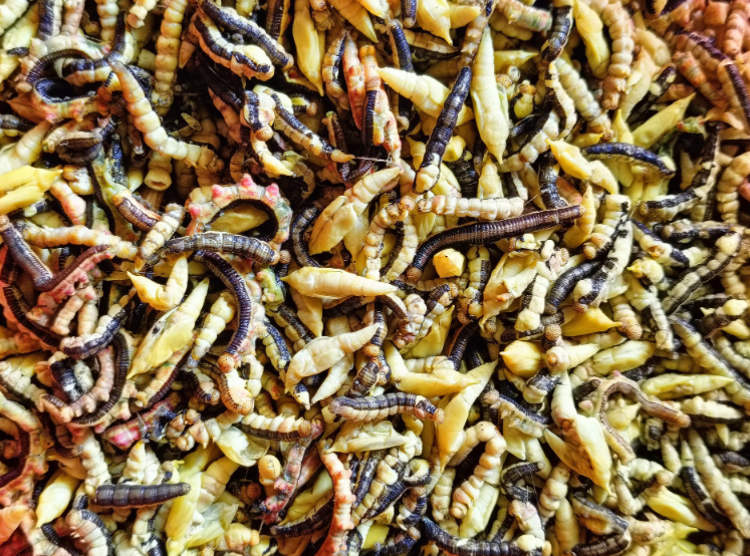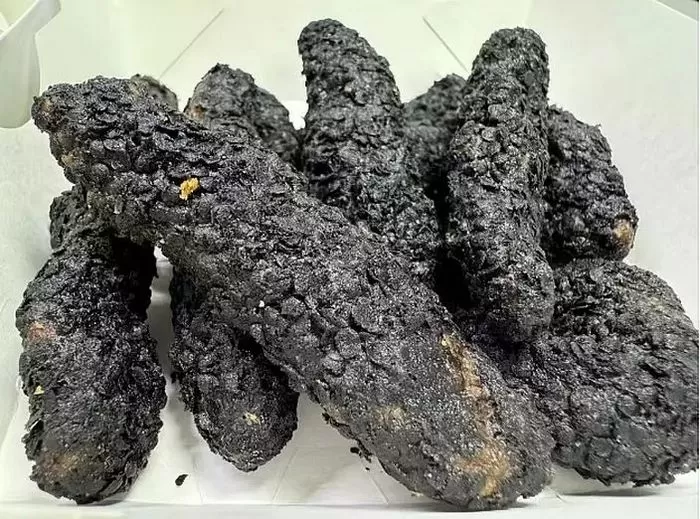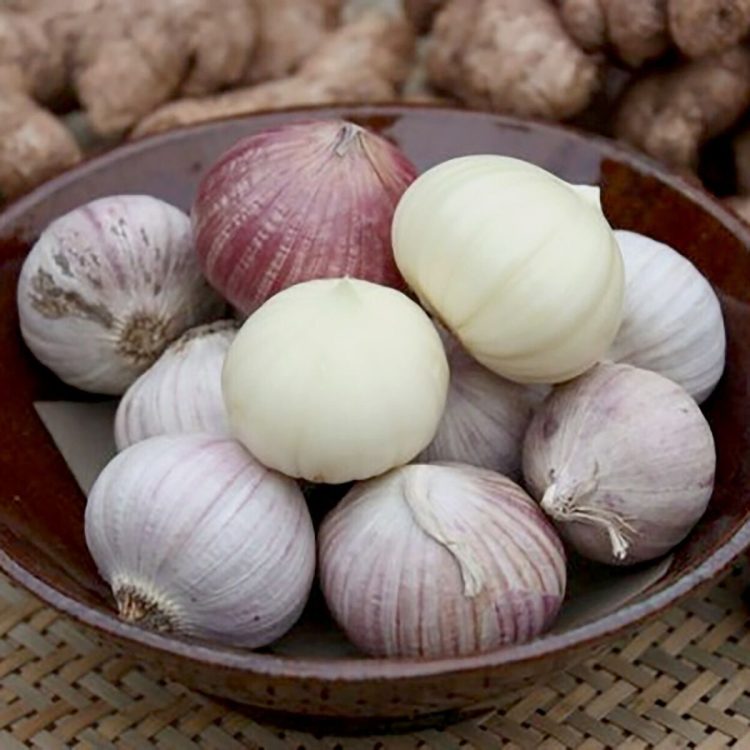I’ve never been a big fan of fish, but hunger has made me gobble down trout after trout, a few times. But there are some fish dishes I’d rather die than put in my mouth. If you thought eating raw fish, like sushi, was disgusting, I suggest you get a bag ready, before scrolling down, just to be sure, because you’re about to discover the most disgusting fish dishes in the world.
Surströmming
Also known as “sour Baltic herring”, Surströmming is a Swedish dish consisting of fermented hering. It usually comes in cans that, due to the fermentation, often bulge. As long as the can stays closed, Surströmming isn’t much of a problem, but as soon as the lid comes off, the odour becomes too much to bare. This is the main reason even fans of Surströmming prefer to eat this fish dish outdoors. In 2006, several airlines banned Surströmming, claiming the cans were potentially explosive. Swedish authoritis say that’s just a myth, but why risk it? If the can doesnt kill you, the smell probably will.
Ceviche
This popular fish dish is said to have been introduced into South America by the Spanish, who brought citrus fruits with them. Peruvian Ceviche is basically raw fish, marinated in citrus juice for several hours. It’s served with corn on the cob and onions, but that’s not nearly enough to take away the stink of fish, or make the flesh tender enough.
Shiokara
Shiokara is an extremely strong dish that is sometimes too much even for native Japanese. It’s made of raw parts from various marine creatures, heaviliy salted and mixed with malted rice. This weird concoction is then packed in a closed container and left to ferment for up to a month. The viscous brown paste has a very strong aroma and the best way to consume Shiokara is in one gulp, followed by a shot of whisky.
Stinkheads
A traditional dish of the Yupik people of southwest Alaska, Stinkheads are fermented fish heads, most often King salmon. It was once customary to place the fish heads and guts in a barell, bury it in the ground and leave them to ferment, before consuming them. In modern times plastic bags and recipients started being used, but due to the high danger of Botulism, stinkheads are now buried stright in the dirt, in special burial pits. After a few weeks, when the salmon heads are all rotten, Stinkheads are ready to be eaten.
Lutefisk
Lutefisk is a traditional dish of Europe’s Norse countries. It’s basically cod fish soaked in lye. The dried, salted cod is soaked in cold water for six days, before being soaked in lye solution for two days, or until the PH of the fish reaches 12. That is caustic enough to cause a chemical burn, so it has to go back in cold water for another six days. All you have to do next is steam it for 25 minutes, and voila, dinner is served. Lutefisk has a slimy, gelatinous texture that adds to its repulsive taste and smell.
Hakarl
Hakarl is an Icelandic dish that consist of fermented basking shark hung out to dry for several months. The meat of the basking shark is poisonous when fresh, so it undergoes fermentation and drying, before it can be consumed. The shark is gutted and placed in a shallow hole in the sand, coverd with sand and gravel, and rocks are pressed over it. During the 6-12 weeks it’s kept in the sand, the fluids are forced out of the shark and the meat ferments. After the fermentation is complete, the meat is hung to dry for several months. Hakarl is served in small pieces, but even so, first time tasters will gag involuntarily, due to the high amonia levels. It’s advisable to pinch your nose, because the smell of Hakarl is even worse than the taste.
















